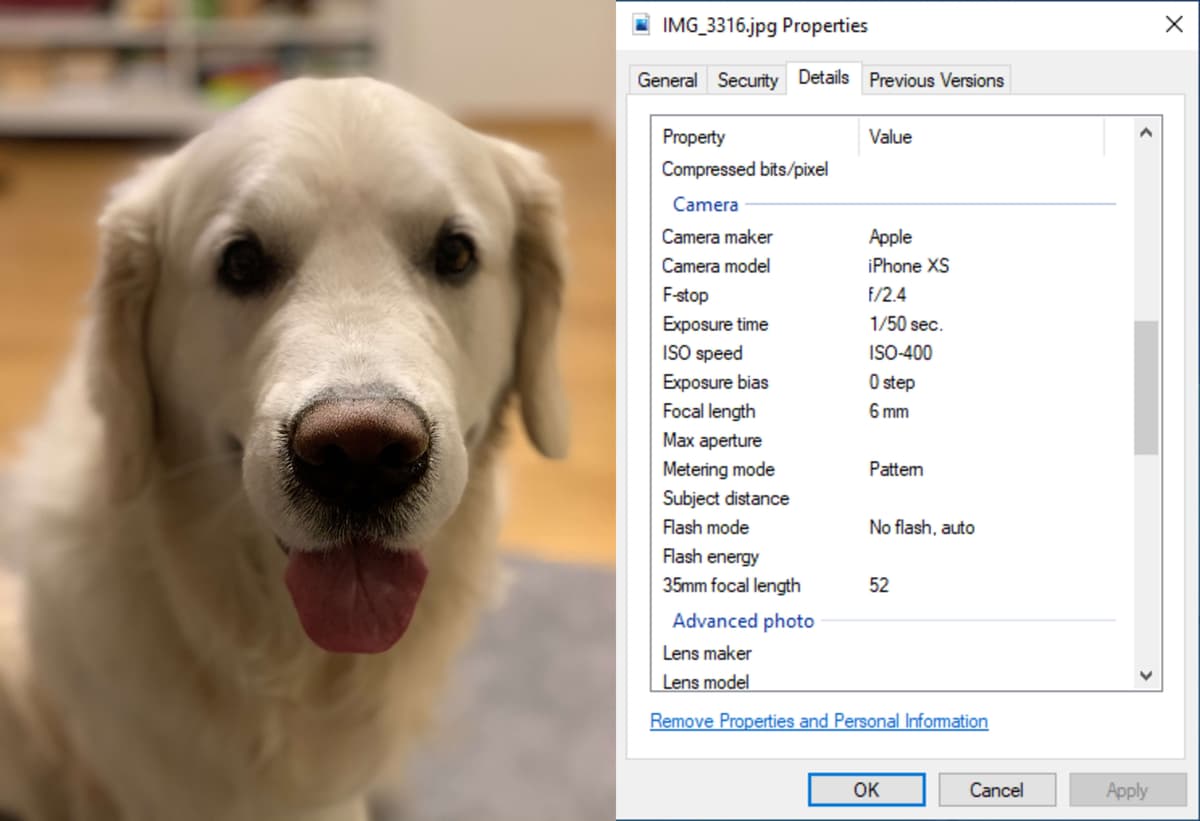Copyright alternative in small-claims enforcement act
There are approximately 2.6 billion cases of copyright infringement happening on the internet every year. That is a staggering number, a scale that can be hard to grasp. USA has been the long-standing “winner” of the copyright infringement cases. It contributes almost 23% percent of worldwide IP theft. That is a huge number, especially compared to Panama - the runner up with 6.76%. Before you start wondering, the only reason why Panama is so high on the list is because a lot of large number of copyright protection services registering their domain there. But this post is not about dry statistics.
USA being the number one contributor to IP theft, has taken steps to make it easier to claim copyright infringement through the small claims court system. In January, President Trump has signed the CASE Act.

What is the CASE Act?
The Copyright Alternative in Small-Claims Enforcement – or CASE – was first introduced in 2020. It aimed to establish a small claims court system for copyright infringement. This is in contrast to the expensive lawsuits that would usually take place through the federal court system.
This opens doors for photographers and other artists to fight for their IP without hiring expensive attorneys. A great deal of these claims do not pass the threshold of several thousand dollars and hence can be a burden on the artists and lawyers alike. Individuals, who cannot afford such lawyers, will now have options to represent themselves, or to simply file a small claims suit that would be an incentive enough for the perpetrator to cease their stealing activities.
How does the CASE Act work?
Under the CASE Act, it’s now possible for photographers and other artists to take their copyright infringement cases through the Copyright Claims Board, which is a part of US Copyright Office – an expert panel on copyright law, consisting of 3 members. This panel will be able to handle cases that award artists up to $15,000 per work and up to $30,000 per claim. To be eligible, the artist must be registered with said office.
Moreover, it’s not just about the monetary penalties. The board can also decide to simply send the accused party a notice, warning them to cease the infringement.
There are also ways the case can be escalated. After the claim is filed, the accused party has the right to reject the process within 60 days and force it to go through the federal court instead. If the accused party doesn’t agree with the decisions of the Claims Board, they can also file an appeal through federal courts.
For the US-based photographers, graphic design artists, illustrators, YouTubers, bloggers, authors, songwriters and many more creators that run small businesses around the country – this is a huge deal. The CASE Act simplifies the copyright infringement claims procedure so much that finally, the small creators have a way of enforcing their rights over the IP they own. It’s a huge win in a country where copyright infringement is such a common occurrence.
Copyright infringement elsewhere
It’s worth noting that US is surprisingly lagging behind other Western countries in regards to small claims procedure for copyright infringement. Being the biggest producer of these instances, the CASE Act is a welcome change.
United Kingdom has had a small claims procedure established for years regarding the copyright infringement. It’s quite easy to file a claim through IPEC – an Intellectual Property Enterprise Court small claims track. They do not require a lawyer to be present for this procedure. If your claim is for less that £10,000, you’re good to go. This small claims track applies to copyright, trademarks, passing off, breach of confidence and unregistered design rights.
The IPEC does expect you to have tried resolving the infringement through mediation before applying for the small claim. So, for example, you could use Copyseeker to find your stolen work. That work you can bring to the platform that it was published on without your consent and request it to be taken down. If the platform refuses, you can then take it directly to the infringing party. When they refuse as well, you can then apply to small claims for the infringement. Make sure you have all the written proof of denies to make your case stronger.
Never forget to know your rights regarding your own intellectual property. Read up on your local legislation regarding small claims IP theft. Protect yourself and your creative work!
Latest Blog Posts

Reverse image search - things you should know
Dive into the intriguing world of reverse image search. This guide illuminates its mechanics, benefits, and myriad applications. Learn how it empowers digital investigation, from validating image origins to discovering visually similar content.

EXIF Data: Understanding, Finding, Using, and Removing It
EXIF is the data from camera settings stored in an image file. This data includes settings like shutter speed, max aperture, ISO, white balance, camera model and make, flash mode, metering mode, focal length, and more.
How to Reverse Image Search on iPhone?
Reverse image search is a valuable tool for finding the original source of an image, verifying its authenticity, or discovering similar images. This article will walk you through the process of performing a reverse image search on your iPhone.
Why Copyseeker still the best reverse image search engine?
As the landscape of reverse image search engines continues to evolve, one platform consistently outshines its competitors – Copyseeker. In 2022, it was recognized as the best, and it has only upped its game since then.